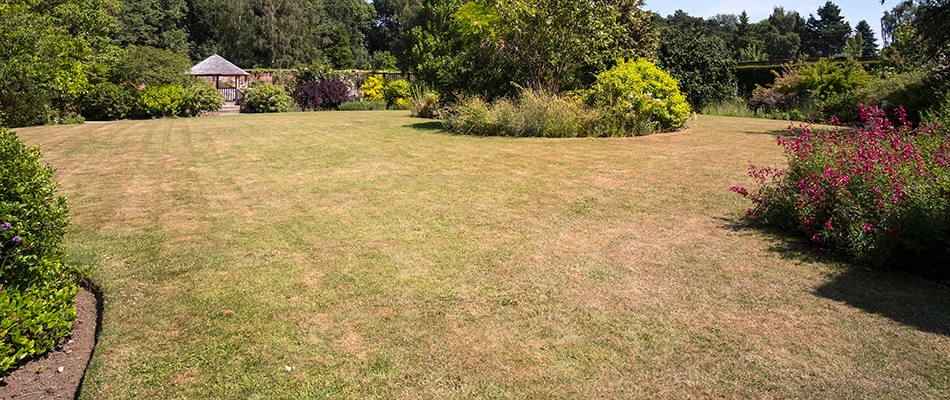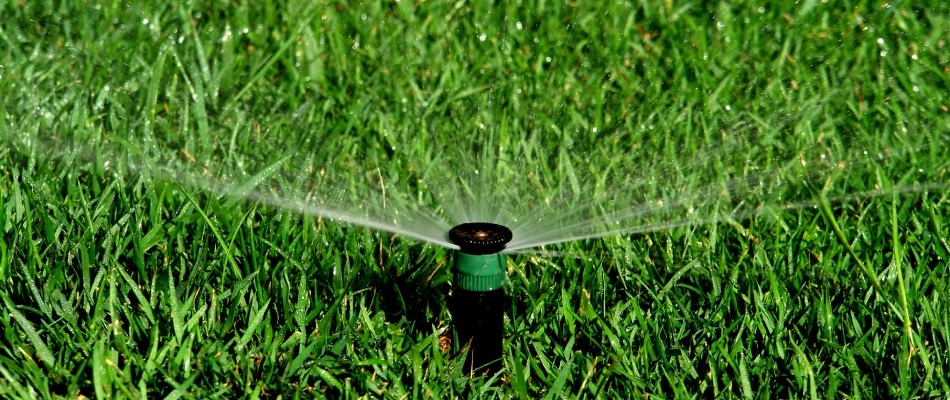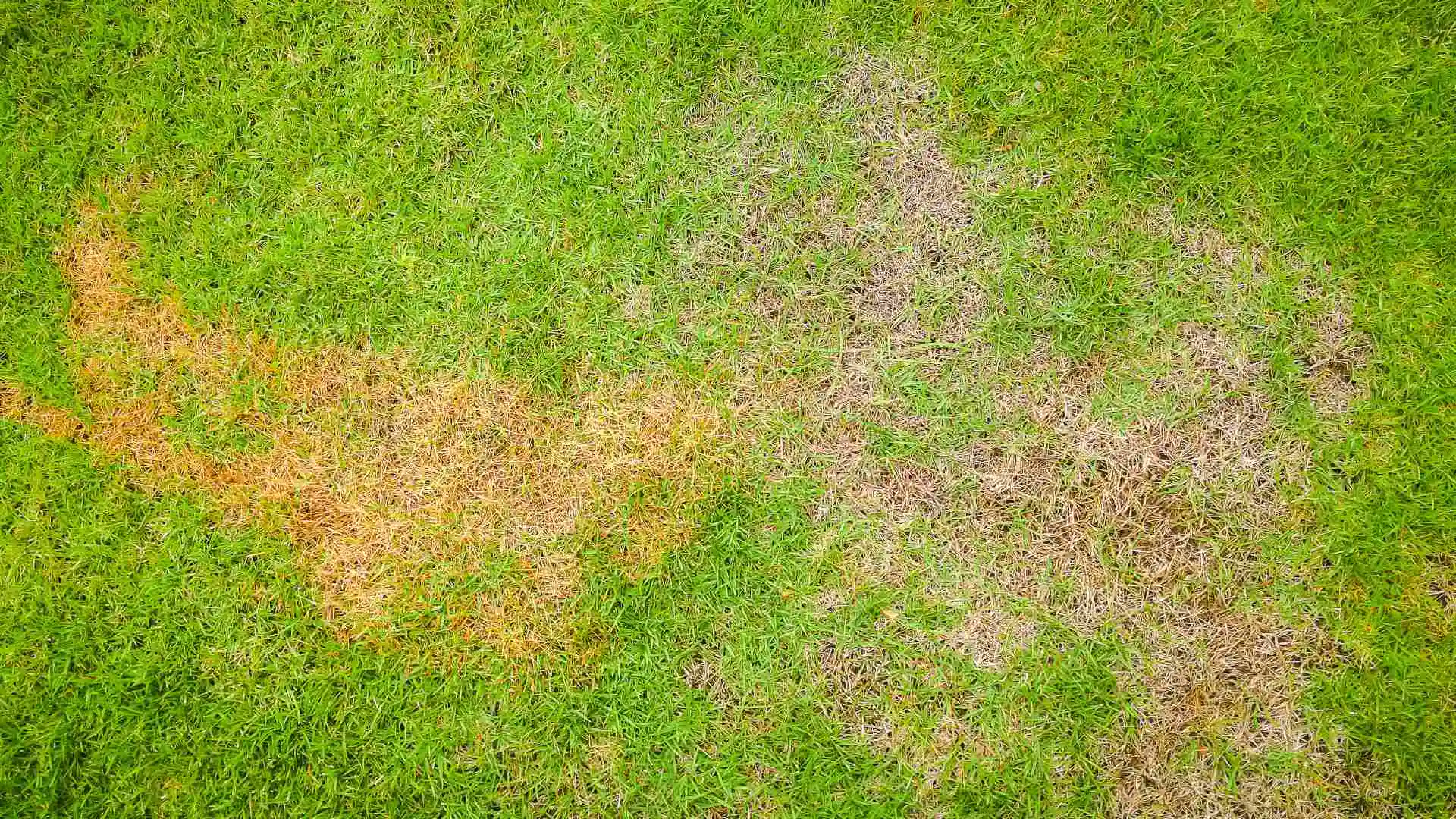Summer is an extra challenging time for lawns, especially here in Iowa where cool-season grasses are prevalent. You’ll need to give your lawn extra care and attention to ensure it survives the summer heat stress. There are certain signs you should look out for, like discoloring, to see if your grass is buckling under the pressure of the heat. If you do notice any signs of heat stress, then there’s no need to worry! You can reverse the effects of summer heat stress by following a strict watering schedule while also applying fertilizer and weed control treatments to help your lawn along!
How does summer affect cool-season grass?
If you live in Iowa, then chances are you have cool-season grass on your property. True to its name, these grasses tend to thrive in cooler seasons like spring and fall. During the summer, however, cool-season grasses struggle against the heat. The intense heat of summer can cause stress to your grass, and your lawn could end up going dormant if not properly cared for, which is why your lawn is going to need some extra help to survive!
What are the signs of summer heat stress?

One of the first signs that your lawn is suffering from summer heat stress is discoloration. Your grass will begin to turn a bluish-green color. Over time, you may notice the edges of your grass blades turning brown, and as the heat stress advances, whole sections of your lawn will turn brown and start to wither. This isn’t the only symptom you should be on the lookout for because there are other lawn diseases and pests that can make your grass turn brown. Another way to tell if your turf is succumbing to heat stress is to walk on your grass. Normally, grass will spring back up shortly after walking on it. However, grass suffering from heat stress will not. So, if you notice your footprint remaining on your lawn for an extended period, then that's a good indicator it is suffering from heat stress.
What can you do to reverse summer heat stress?

Aerating your lawn in the fall can help reverse the damage of summer heat stress by loosening your soil to allow nutrients easy access to your turf's roots.
Help your lawn survive the summer heat by calling us to schedule any of our lawn care services!
Give your grass the best chance to survive the summer with our lawn care services! At A+ Lawn & Landscape, we offer fertilizer and weed control treatments to help your lawn get through and recover from summer heat stress. We service commercial and residential properties in the Des Moines, IA area, including nearby areas like West Des Moines and Ankeny. Give us a call today at (515) 289-2020 to schedule any of our lawn care services!





Comments (0)
Thanks for your comment!
Thanks for your feedback! Your comments have been successfully submitted! Please note, all comments require admin approval prior to display.
Error submitting comment!
There is a problem with your comment, please see below and try again.